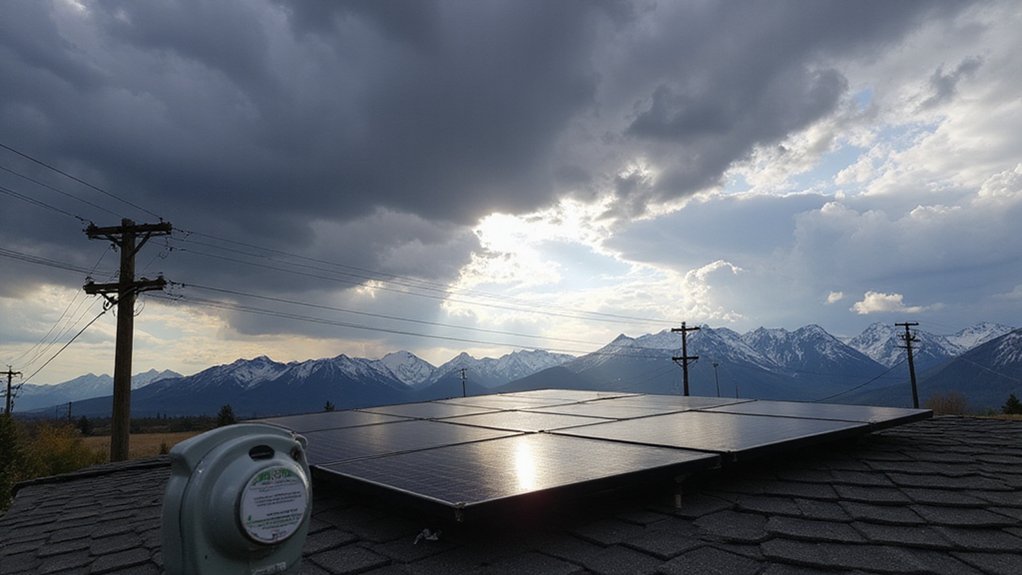While both energy sources are considered clean alternatives to fossil fuels, a recent Boston University study reveals that nuclear power plants carry markedly higher investment risks than solar energy projects. The study highlights that nuclear facilities consistently face major cost overruns and delays that far exceed those experienced in solar energy development.
Nuclear projects globally have shown average cost escalations exceeding 50% above initial estimates, with some notable projects running billions over budget. In contrast, solar project overruns typically remain below 10%, making costs much more predictable for investors.
Time delays create another notable risk divide. Nuclear construction projects run an average of five years behind schedule worldwide. Solar installations experience minimal delays, usually just a few months. This faster completion allows solar investors to realize revenue sooner, reducing financial risk.
The capital cost comparison is equally striking. ARK Invest analysis projects nuclear buildout costs at $26.5 trillion globally, or $7.6 trillion when adjusted for capacity. Solar’s projected deployment cost ranges from $2.9 to $3.4 trillion, substantially lower even with an estimated $700 billion for land costs in the U.S. With minimal maintenance requirements, solar energy provides additional financial benefits that make it increasingly attractive to investors.
The Inflation Reduction Act has somewhat leveled the playing field through technology-neutral tax credits. If the U.S. builds 7.5 GW of new nuclear by 2030, nuclear could claim approximately 20% of total clean energy tax credits. However, solar remains a major beneficiary as credits favor projects with lower costs and risks. The U.S. solar market experienced 51% growth in 2023, demonstrating its strong investment appeal.
Market growth potential further illustrates the divide. Solar energy and storage are forecasted for major expansion in 2025. The stark difference in capacity utilization, with nuclear plants operating at over 80% utilization rates compared to solar’s 20%, highlights operational considerations that further influence investment decisions.
Regulatory complexity adds to nuclear’s challenges. While both technologies face oversight, nuclear’s regulatory hurdles are markedly steeper, adding another layer of uncertainty that discourages potential investors.
References
- https://www.jpmorgan.com/insights/sustainability/carbon-transition/2025-nuclear-energy-trends-from-green-economy-experts
- https://www.ark-invest.com/articles/analyst-research/nuclear-energy-possibilities
- https://carboncredits.com/u-s-solar-and-energy-storage-set-for-major-growth-in-2025-suun/
- https://bioengineer.org/comparative-investment-risks-in-energy-infrastructure-nuclear-power-plants-face-highest-risks-while-solar-stands-lowest/
- https://www.csis.org/analysis/future-us-nuclear-energy-depends-inflation-reduction-act








